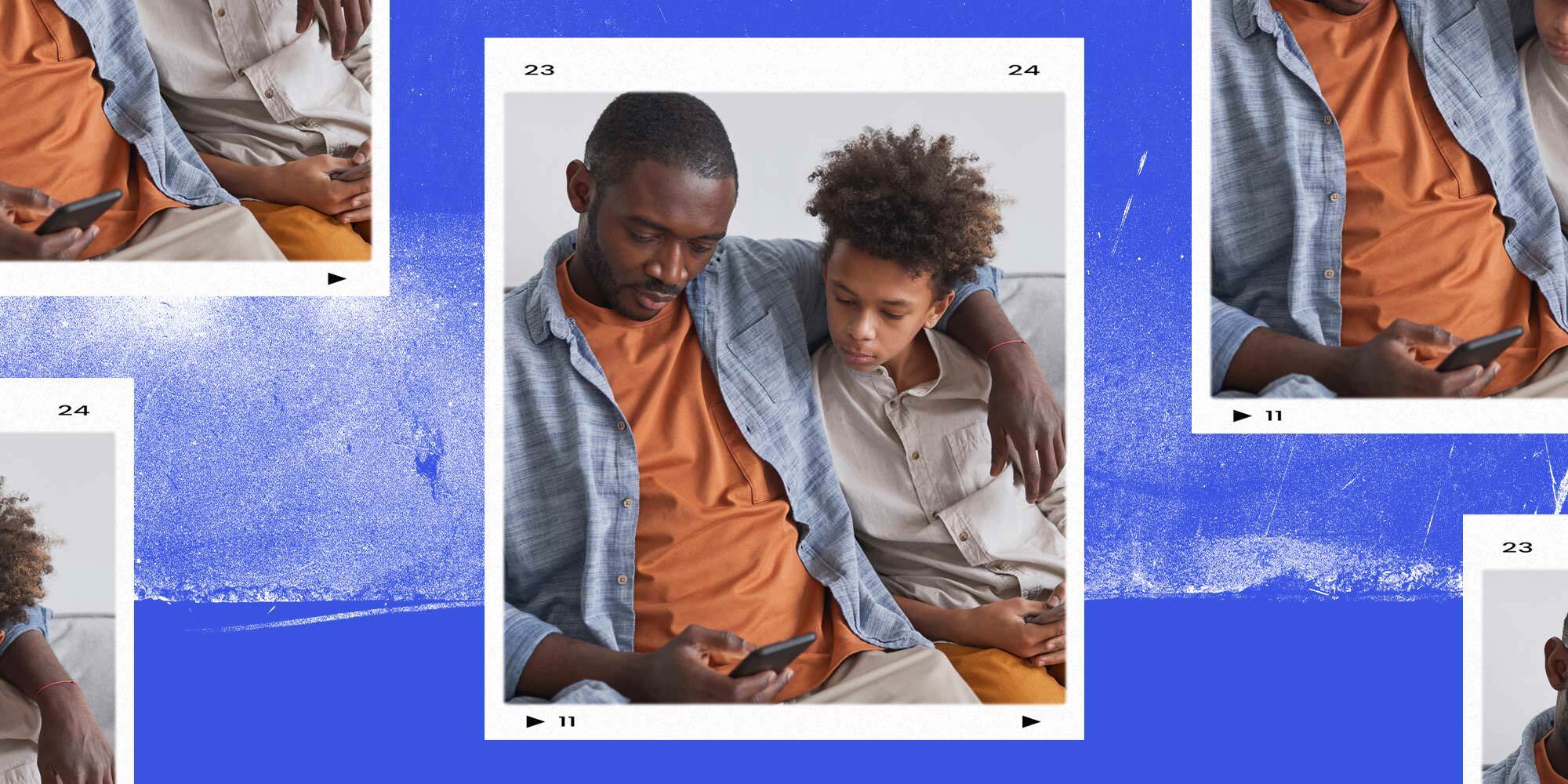According to a nationally representative survey of teens, 84.4% of 14 to 18-year-old boys and 57% of 14 to 18-year-old girls have viewed pornography.Wright, P. J., Paul, B., & Herbenick, D. (2021). Preliminary insights from a U.S. probability sample on adolescents’ pornography exposure, media psychology, and sexual aggression. J.Health Commun., 26(1), 39-46. doi:10.1080/10810730.2021.1887980Copy
According to a recent report by the BBFC, 75% of parents believed their child had never encountered porn. But in reality, 53% of those parents’ children reported that they had, in fact, seen porn.British Board of Film Classification. (2020). Young people, pornography & age-verification. BBFC. Retrieved from https://www.bbfc.co.uk/about-classification/researchCopy
In other words, it’s not as much a matter of if but when your child will encounter porn. And chances are, your child will encounter porn while living in your care.
So here are five tips for navigating “porn talks” with your kids.
1. Have an open, ongoing dialogue.
Don’t make it a one-time thing. Instead of having a one-time “sex talk,” make it an ongoing and shame-free conversation.
Through your discussions, you can help your child develop the tools they need to respond to harmful material in a healthy way. Bring it up naturally.
2. Do not shame them.
If your child discloses that they’ve seen porn or that they’ve developed a porn habit, it’s incredibly important to respond with kindness rather than shame.
hey may already be feeling shame about what they’ve seen, so instead of lecturing them, thank them for trusting you enough to be honest and remind them that you’re there to help them.
3. Be supportive of their journey.
Whether or not they disclose their experiences right away, providing a soft place for them to land will help them feel safe enough to be honest, pose questions, or ask for help.
Help them understand you love them no matter what their experiences with pornography have been.
4. Be patient.
It may take some for your child to feel comfortable opening up about their experiences with porn. While maintaining an open dialogue about porn, try to avoid asking invasive questions or being too pushy.
If they’ve developed a porn habit, it probably won’t disappear overnight, so be patient with their progress.
5. Don’t do it alone.
The good news is that there are plenty of resources to help you. Our interactive discussion guide, “Let’s Talk About Porn,” gives helpful tips for navigating discussions about porn, and our affiliates at Bark have an affordable smart tool to help protect your child from harmful material online.
Bark proactively monitors texts, emails, and social media for potential safety concerns, including porn, self-harm situations, child predators, and cyberbullying. Bark helps parents save time and gain peace of mind without invading kids’ privacy or breaching trust.
Start protecting your kids online today. Sign up for a free 30-day trial of Bark.
Also, use our free interactive conversation guide.
Porn can feel like an overwhelming topic to discuss with your kids, but you don’t have to navigate it alone. Together, we can help empower young people with the information they need to develop healthy relationships with themselves and others!
Your Support Matters Now More Than Ever
Most kids today are exposed to porn by the age of 12. By the time they’re teenagers, 75% of boys and 70% of girls have already viewed itRobb, M.B., & Mann, S. (2023). Teens and pornography. San Francisco, CA: Common Sense.Copy —often before they’ve had a single healthy conversation about it.
Even more concerning: over half of boys and nearly 40% of girls believe porn is a realistic depiction of sexMartellozzo, E., Monaghan, A., Adler, J. R., Davidson, J., Leyva, R., & Horvath, M. A. H. (2016). “I wasn’t sure it was normal to watch it”: A quantitative and qualitative examination of the impact of online pornography on the values, attitudes, beliefs and behaviours of children and young people. Middlesex University, NSPCC, & Office of the Children’s Commissioner.Copy . And among teens who have seen porn, more than 79% of teens use it to learn how to have sexRobb, M.B., & Mann, S. (2023). Teens and pornography. San Francisco, CA: Common Sense.Copy . That means millions of young people are getting sex ed from violent, degrading content, which becomes their baseline understanding of intimacy. Out of the most popular porn, 33%-88% of videos contain physical aggression and nonconsensual violence-related themesFritz, N., Malic, V., Paul, B., & Zhou, Y. (2020). A descriptive analysis of the types, targets, and relative frequency of aggression in mainstream pornography. Archives of Sexual Behavior, 49(8), 3041-3053. doi:10.1007/s10508-020-01773-0Copy Bridges et al., 2010, “Aggression and Sexual Behavior in Best-Selling Pornography Videos: A Content Analysis,” Violence Against Women.Copy .
From increasing rates of loneliness, depression, and self-doubt, to distorted views of sex, reduced relationship satisfaction, and riskier sexual behavior among teens, porn is impacting individuals, relationships, and society worldwideFight the New Drug. (2024, May). Get the Facts (Series of web articles). Fight the New Drug.Copy .
This is why Fight the New Drug exists—but we can’t do it without you.
Your donation directly fuels the creation of new educational resources, including our awareness-raising videos, podcasts, research-driven articles, engaging school presentations, and digital tools that reach youth where they are: online and in school. It equips individuals, parents, educators, and youth with trustworthy resources to start the conversation.
Will you join us? We’re grateful for whatever you can give—but a recurring donation makes the biggest difference. Every dollar directly supports our vital work, and every individual we reach decreases sexual exploitation. Let’s fight for real love:




